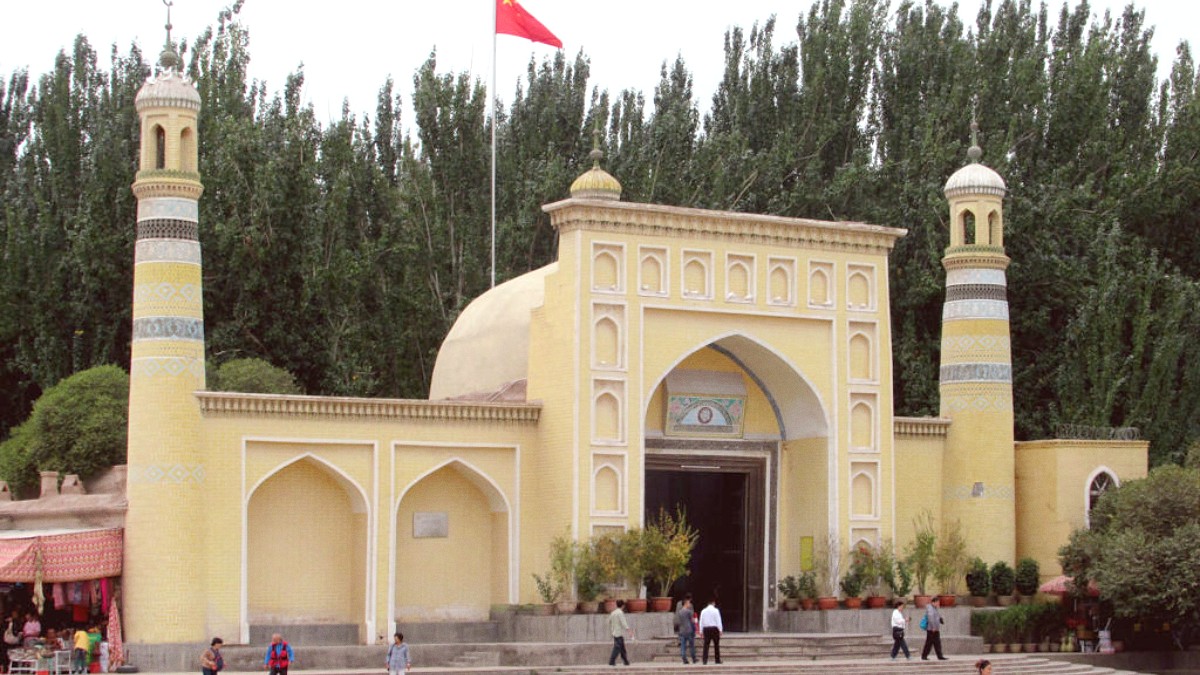
Xinjiang, China
The public bus system in Kashgar is the main form of public transportation within the city, giving a broad network of routes. Buses are generally modern and comfortable. They provide a cost-effective way to travel between major attractions, commercial areas, and residential neighborhoods. Bus stop information and route details are mainly in Chinese and Uyghur; English signage is rare.
Bus fares are very low, typically ranging from ¥1 to ¥2 per ride, paid in cash upon entry. Exact change is often suitable. Buses generally operate from early morning (around 7:00 AM) to late evening (around 9:00 PM or 10:00 PM). Frequency varies by route, with main routes running every 10-20 minutes during the day.
Buses generally operate from early morning (7:00 AM) to late evening (9:00-10:00 PM).
The bus system covers most parts of the city, connecting major attractions and commercial areas.
Public buses are generally not fully accessible for travelers with mobility challenges.
Self-driving is generally not an option for foreign tourists; a Chinese driving license is suitable.
Hire a car with a local driver for day trips or longer excursions, often through tour agencies.
Not commonly available or recommended for foreign tourists due to licensing and traffic rules.
Some hotels may offer bicycles; public bike-sharing is not prevalent.
The reconstructed Old City is highly pedestrian-friendly. Its narrow, winding alleys and traditional architecture are best explored on foot. The Grand Bazaar, a bustling market, also gains from foot exploration due to crowds. A large pedestrian plaza surrounds the Id Kah Mosque, giving a wide, open space. Some parks along the Kashgar River offer pleasant walking paths.
China drives on the right side of the road. Traffic laws can be complex.
Major roads around Kashgar are generally well-maintained. Smaller roads are less developed.
Roads are subject to extensive security checkpoints, causing delays. Drivers can be aggressive.
Mobile phone compatibility is generally good, but local SIM card acquisition poses challenges due to real-name registration. Wi-Fi availability varies, and the Great Firewall of China restricts access to many international apps and websites.
A modern domestic airport with basic facilities for travelers.
Offers limited dining and currency exchange.
Taxis are readily available outside the terminal, taking 15-20 minutes to city center.
Ensure the driver uses the meter.
An airport shuttle bus service connects KHG to various points in Kashgar.
A budget-friendly transfer option.
Patience and cooperation contribute to a smooth journey.
Planning ahead, notably for visas and tour arrangements, supports a richer and more accessible travel experience.